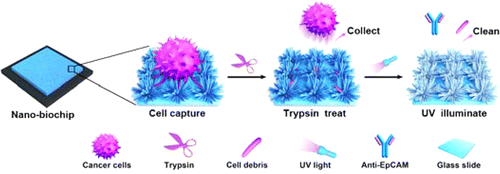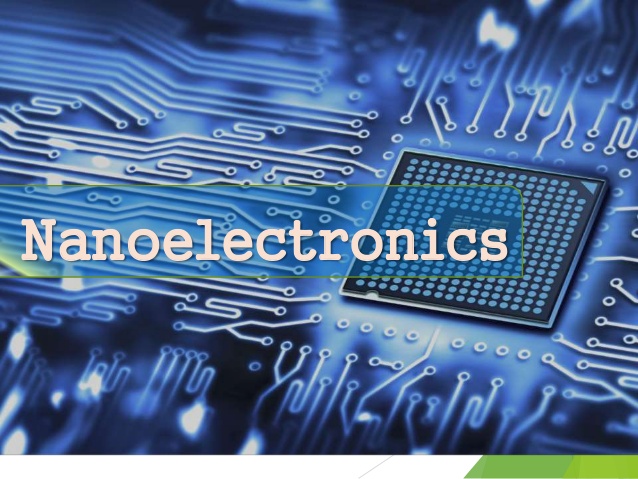_ Nanobiosensing tools section in (Nanoelectric)
One of the nanobiosensing tools (Nano biochip sensors) investigating the structure and functions
Researcher and Author: Dr. ( Afshin Rashid)
Note: Nano biochip sensors are a type of miniature laboratory that consists of a collection of microarrays. These microarrays act as test sites within the biochip, and since many of them can be built within the biochip, it enables many tests to be performed simultaneously as a multifunctional electronic nanosensor. This naturally can result in much higher test speed and throughput compared to if each test were performed individually using other methods.
Nano biochip sensors have been around for a long time in one form or another, but nanosystems that can easily have over 1000 parts (mainly due to the electronics in the biochips). There are three main types of biochips that are used, and these include experiments on nano biochip sensors , DNA chips, and protein chips. There are four main components for any biochip (simple or complex). The first is the microarray. A microarray is essentially a network of nano biosensors built to detect different biomolecules. Nano biochip sensors are made by depositing sensing molecules on a flat surface and physically bonding them to the surface, thereby integrating them with microelectronics. While this is an important part, a transducer is also needed to translate the molecular sensing mechanism, either through the interaction of intermolecular forces or through a reaction, into a usable output. This brings us to the third and fourth main parts, the signal processing unit and the readable output, which correlate the data and put it in a form that can be read and used by the operator.
Nano biochip sensors are used for various biomolecule sensing applications.It encompasses many nanobiomolecular sensing techniques.Nanobiochip sensorsare mainly designed for the detection of antibodies and infectious diseases (viruses, fungi, parasites, etc.). Andgenerally detect and identify a wide range of biomolecules in a sample - including, but not limited to DNA, RNA, antibodies and antigens, enzymes, bacteria, fungi and viruses.Nanobiochip sensorshave also found specific applications in skin-on-a-chip applications.
Conclusion:
Note: Nano biochip sensors are a type of miniature laboratory that consists of a collection of microarrays. These microarrays act as test sites within the biochip, and since many of them can be built within the biochip, it enables many tests to be performed simultaneously as a multifunctional electronic nanosensor. This naturally can result in much higher test speed and throughput compared to if each test were performed individually using other methods.
Researcher and Author: Dr. ( Afshin Rashid)
Specialized PhD in Nano-Microelectronics




